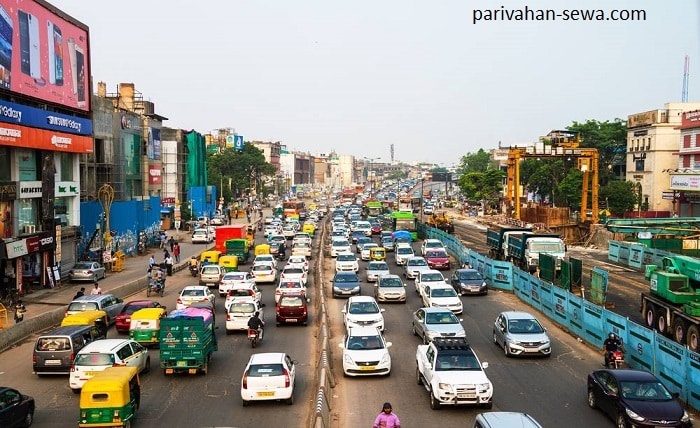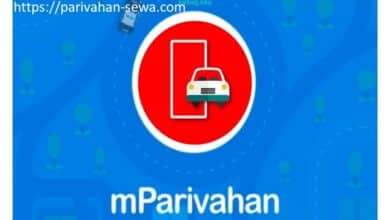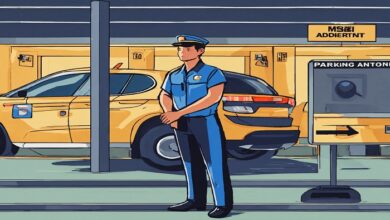Vahan Parivahan PUC Sewa: A Comprehensive Guide

Introduction
Pollution Under Control (PUC) certificates are a vital aspect of vehicle management in India, ensuring that vehicles meet emission standards. Vahan Parivahan PUC Sewa is the government’s initiative to streamline this process through digital services. This blog delves into why it’s essential and how you can utilize these services effectively.
What is Vahan Parivahan PUC Sewa?
Vahan Parivahan PUC Sewa is an online service provided by the Ministry of Road Transport and Highways to facilitate the issuance and renewal of PUC certificates. This service aims to make compliance with environmental regulations easier for vehicle owners across the country.
Importance of PUC Certification
The PUC certificate verifies that your vehicle’s emissions are within the legal limits set by the government. It’s not just a regulatory requirement; it’s a responsibility every motorist holds towards a cleaner environment.
How to Register for PUC on Vahan Parivahan
To register for a PUC certificate through Vahan Parivahan PUC Sewa, vehicle owners need to visit the official portal. The process includes submitting your vehicle details and booking an appointment at the nearest certified emission test center.
Navigating the Vahan Parivahan Portal
The Vahan Parivahan portal offers user-friendly navigation where vehicle owners can manage their PUC certificates. It provides options to view, renew, and even verify the authenticity of PUC certificates online.
Renewing Your PUC Certificate
It’s crucial to renew your PUC certificate before it expires. Vahan Parivahan PUC Sewa allows you to renew your certificate online by entering your vehicle’s registration number and completing the emission test.
Fees and Charges Involved
The Vahan Parivahan PUC Sewa requires a nominal fee for the emission test and certificate issuance. These fees may vary slightly depending on the state and the type of vehicle.
Legal Implications of Not Having a PUC Certificate
Driving without a valid PUC certificate can lead to hefty fines and even suspension of your vehicle’s registration. It’s imperative to keep your PUC certificate up to date through Vahan Parivahan PUC Sewa.
Challenges and Solutions
While the shift to digital has made things easier, users sometimes face technical issues with the Vahan Parivahan portal. Timely maintenance and user support can help mitigate these challenges effectively.
Environmental Impact of Regular PUC Checks
Regular PUC checks reduce harmful vehicular emissions significantly. By using Vahan Parivahan PUC Sewa, vehicle owners contribute to the health of the planet, ensuring cleaner air and a better environment for all.
Conclusion
Vahan Parivahan PUC Sewa is not just a regulatory requirement; it’s a step towards responsible vehicle ownership and environmental conservation. Ensuring your vehicle is compliant with emission standards is now easier than ever. Let’s embrace these advancements and drive towards a greener future.
FAQs
1. What is a PUC certificate? A PUC certificate, issued by Vahan Parivahan PUC Sewa, verifies that your vehicle’s emissions comply with the standards set by environmental authorities.
2. How often do I need to renew my PUC certificate? The PUC certificate typically needs renewal every six months. Check the expiry date on your certificate and renew it through Vahan Parivahan PUC Sewa as needed.
3. Can I get my PUC certificate offline? Yes, while you can manage your PUC online via Vahan Parivahan PUC Sewa, physical testing and certification are still available at authorized centers.
4. What are the penalties for not having a valid PUC certificate? Not having a valid PUC certificate can result in fines and might affect your vehicle’s insurance claims. Ensure timely renewal through Vahan Parivahan PUC Sewa.
5. Is there a grace period for renewing my PUC certificate after it expires? There is no official grace period. It’s recommended to renew your PUC certificate before expiry through Vahan Parivahan PUC Sewa to avoid penalties.





